Penetration Testing
ASSESSMENT QUOTEPenetration Testing Infrastructure Web Applications Cloud Environments M365 Environments Device Configurations APIs Wi-Fi Large Language Models
Our penetration testing services are meticulously crafted to mirror real-life cyberattacks and mimic the strategies of diverse threat actors that might pose significant risks to your organisation. Our primary aim is to adopt a proactive approach to identifying and addressing potential security vulnerabilities before malicious hackers can capitalize on them.
With our expertly designed services, we leave no stone unturned in testing the security of your entire infrastructure. From on-premise devices to cloud technologies, we ensure that every aspect of your digital ecosystem receives sufficient scrutiny and protection. By simulating different attack scenarios, we can effectively uncover hidden weaknesses, potential entry points, and exploitable gaps in your defences.
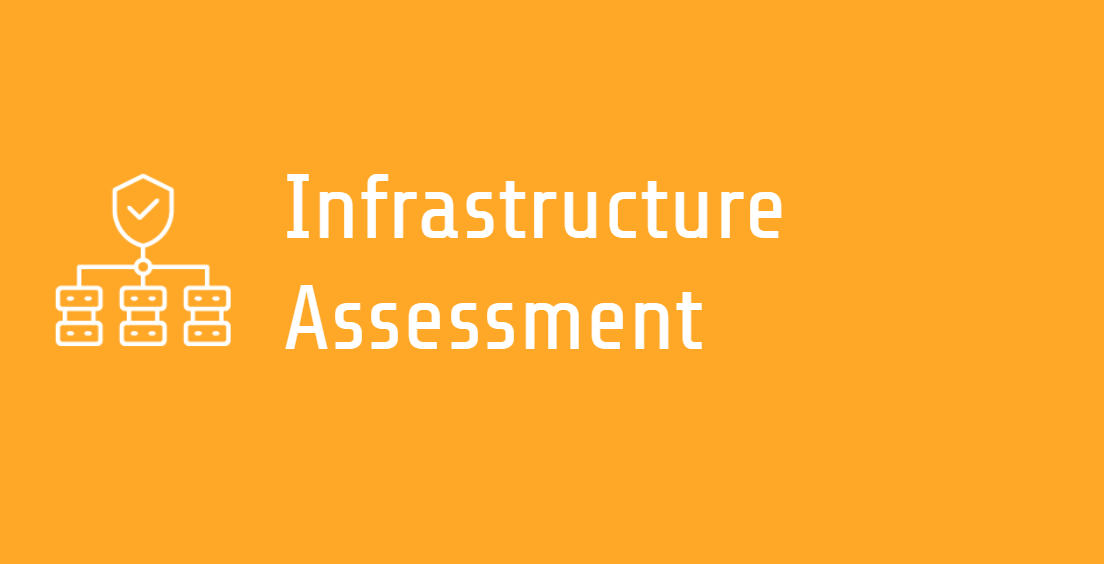
Assess internal and external infrastructure by simulating real-life attack scenarios.
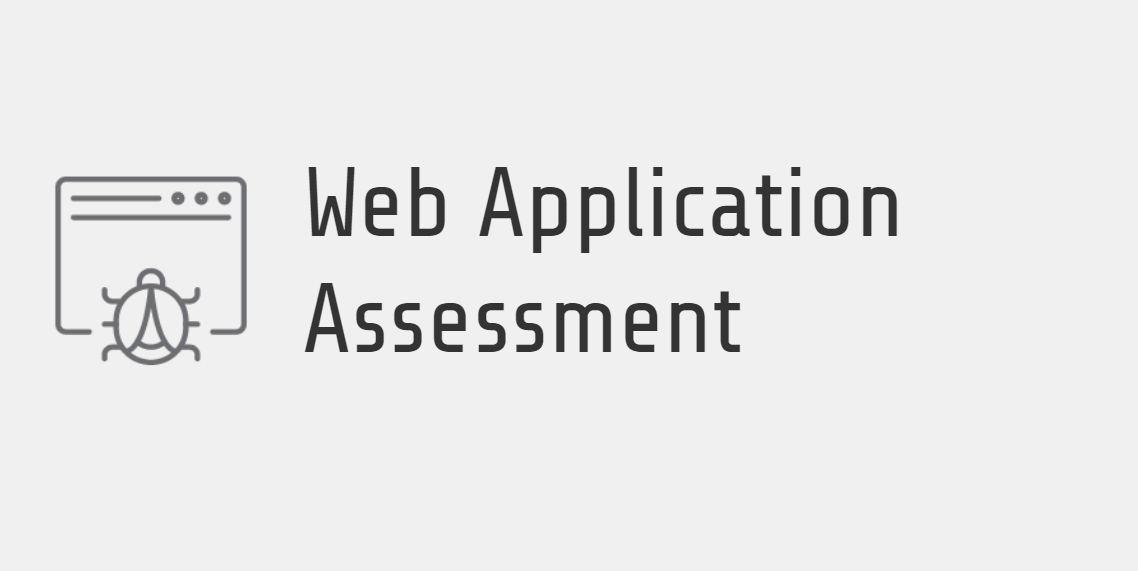
Assess the security posture of applications and any corresponding APIs from authenticated and unauthenticated perspectives.
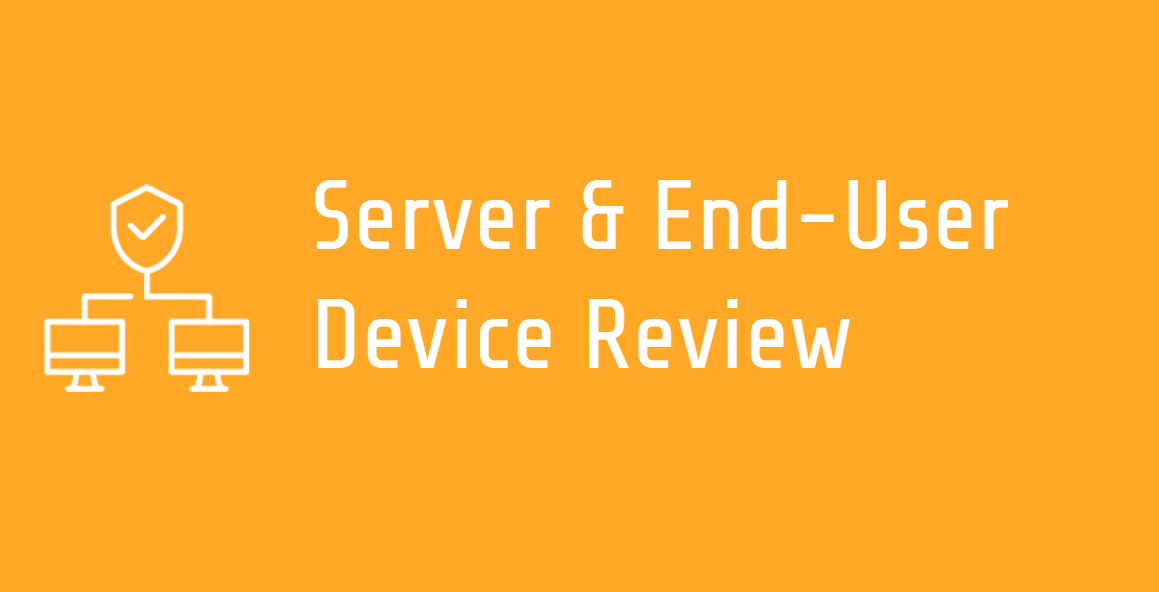
Assess your servers and end-user devices against industry-standard benchmarks.
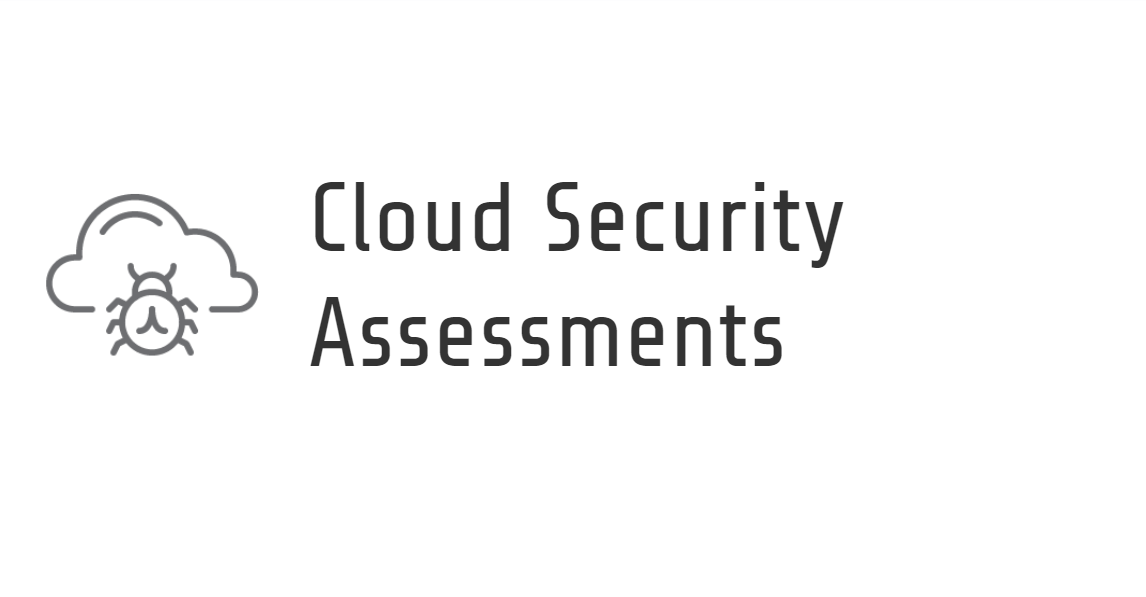
Perform security assessments aginst your cloud services and infrastructure.

Review your Microsoft 365 configuration against industry-standard security best practices and discover possible data exfiltration techniques.
Try Our Scoping Process
We have developed a comprehensive scoping form with the aim of capturing essential information, expediting the turnaround time, and enhancing the accuracy in estimating the overall effort

INFRASTRUCTURE ASSESSMENT
What is network penetration testing
Infrastructure penetration testing is a proactive security assessment where our consultants simulate real-world cyber-attacks on an organization’s network and systems to identify potential vulnerabilities and weaknesses.
The ultimate goal is to help organisations strengthen their security posture by providing comprehensive reports with remediation guidance, enabling them to prioritize and address security issues effectively.
BENEFITS
Assess Existing Security Measures: Conducting regular security reviews allows organizations to thoroughly assess their existing security measures. This involves examining the effectiveness of implemented security controls, configurations, and policies. By identifying areas that require improvement, organizations can fine-tune their security posture and better protect their assets and data.
Maintain Compliance With Routine Testing: Regular security assessments and reviews play a crucial role in ensuring compliance with industry regulations and data protection laws. By conducting routine testing, organizations can demonstrate their commitment to maintaining a secure environment and adhering to the necessary legal requirements.
Prevent Financial or Reputational Damage by Detecting Vulnerabilities on Time: Identifying vulnerabilities and weaknesses in security measures in a timely manner can prevent potential financial losses and reputational damage. Early detection allows for prompt mitigation, reducing the likelihood of successful cyberattacks and data breaches.
Protect Customer or Business Data: Regular security reviews are instrumental in safeguarding sensitive customer data and critical business information. By constantly evaluating the effectiveness of data protection mechanisms, organizations can ensure that customer trust is maintained, while also preserving their competitive advantage.
Remove “Low-Hanging” Fruit type of Vulnerabilities That Could Be Easily Exploited by Malicious Threat Actors: Security reviews help identify and address “low-hanging” vulnerabilities that are relatively easy for attackers to exploit. By proactively fixing these weaknesses, organizations can significantly reduce the risk of opportunistic cyber threats and improve their overall security posture.
OUR APPROACH
Attack Vector recognises industry-standard methodologies when assessing client infrastructure. We believe that clients deserve more than just a report with a list of vulnerabilities. Context is crucial, therefore we aim to describe not only vulnerabilities from a technical perspective but how they affect the environment, users and the wider business.
We utilise a 4-stage methodology process, where each stage could reveal additional issues requiring further investigation.
Intelligence Gathering: A fact-finding exercise designed to discover information about the business, employees and its network presence. The goal is to gain a better understanding of how the system works and identify potential vulnerabilities.
Vulnerability Analysis: The information gathered from the previous stage is analysed by checking any active network services. To identify these vulnerabilities, we employ a mix of automated security test tools and manual testing. Leveraging our consultants’ extensive experience, we carefully verify for false positives and, if deemed appropriate within the scope, conduct additional attacks.
Exploitation: Exploit vulnerabilities identified in the previous stage. Please note that this stage may not be suitable for every environment and clients are always consulted before any active exploitation to ensure system stability. We never use untested exploits in live environments and never perform denial-of-service attacks (unless requested).
Post-Expoloitation: This is arguably the most important phase. During this phase, we analyse the level of access achieved and determine the overall risk to the business.

WEB APPLICATION ASSESSMENT
WHAT IS WEB APPLICATION ASSESSMENT
Web application security testing is a crucial process aimed at ensuring the protection of web-based applications from potential threats and vulnerabilities. Web applications are frequently public-facing, which increases the number of threat actors who may choose to attack your application at any given time. A successful exploit could result in the disclosure of Personally Identifiable Information (PII), business and commercial data, and potentially provide a foothold into the internal network for further exploitation.
The primary objective of assessing applications is to ensure that no issues or vulnerabilities exist that could lead to the application being exploited. By conducting thorough security testing, we aim to identify and address any potential weaknesses, ensuring that your web applications are robustly protected and resilient against cyber threats. Our goal is to safeguard your data and maintain the integrity and security of your web-based systems.
BENEFITS
Security Risk Mitigation: By revealing potential security risks, web application penetration testing empowers organisations to put in place appropriate security measures and reduce the risk of data breaches, unauthorised access, and other cyber-attacks that could lead to financial and reputational harm.
Compliance and Regulation Adherence: Many industries and regulatory bodies insist on web applications meeting specific security standards. Web application penetration testing helps organisations ensure compliance with these standards and avoid penalties or legal consequences for not safeguarding sensitive data.
Protection of Customer Trust: Web application penetration testing shows a commitment to security and safeguarding customer data. By proactively testing and securing web applications, organisations build trust with their customers and users, boosting their confidence in the safety of their information.
Cost Savings: Identifying and addressing security vulnerabilities early through web application penetration testing can save organisations from potential financial losses resulting from data breaches or system compromises. It is often more cost-effective to tackle security issues proactively than to deal with the aftermath of a cyber incident.
OUR APPROACH
Our methodology encompasses a wide range of techniques and approaches, among which the OWASP Top 10 is an integral part. While we prioritize the OWASP Top 10, we also incorporate various other industry-leading best practices and security standards to ensure a comprehensive and robust assessment.
Authentication Issues: Identify any flaws or information disclosure issues related to authentication mechanisms, such as user enumeration, password policies, account hijacking and brute-force attacks.
Client-Side Attacks: This stage focuses on scrutinizing how a web application handles user input, with special attention to identifying potential flaws. These include but are not limited to: Cross-Site Scripting, SQL Injection and XML Injection.
Authorisation Shorcomings: The focus is on identifying design and implementation flaws typically linked to web application authorization mechanisms. These may include vulnerabilities related to horizontal and vertical privilege escalation, occurring at different privilege levels, even from an unauthenticated position.
Command Execution: Uncover potential attack paths that may result in arbitrary code execution and potential compromise of the underlying infrastructure. Addressing this critical concern is of utmost importance as it significantly impacts the application’s confidentiality, integrity, and availability.
Login Flaws: In this phase, we focus on identifying and exploiting application logic flaws. The tests conducted at this stage are specific to each application, generally involving the manipulation of data flows and workflows within a business context. It’s important to note that this stage cannot be fully automated since scanners lack an understanding of complex logic boundaries and intricacies unique to each application.
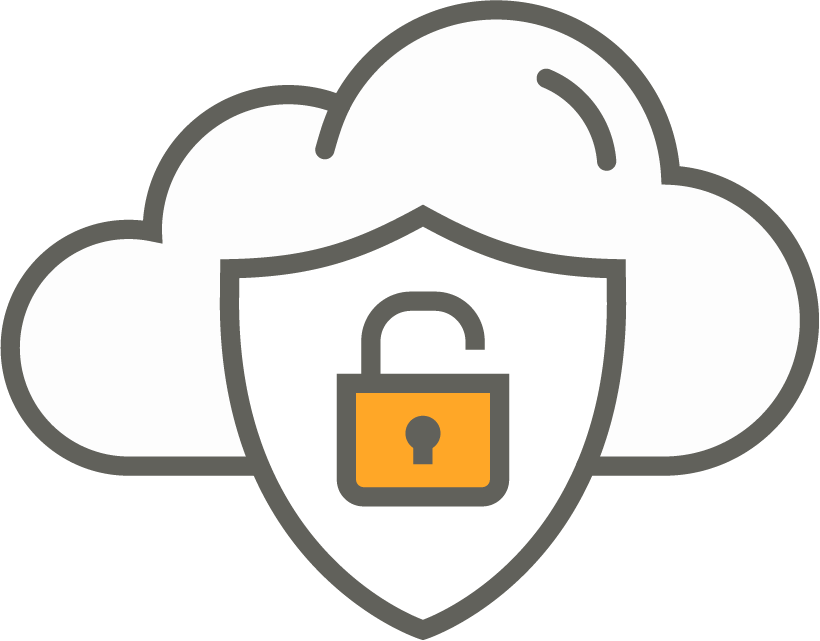
CLOUD SECURITY REVIEW
WHAT IS CLOUD SECURITY Testing
Cloud penetration testing, or cloud security testing, is a proactive and controlled cybersecurity assessment performed on cloud-based systems and services. The main goal of cloud penetration testing is to identify vulnerabilities and security weaknesses within the cloud infrastructure to bolster its security posture.
Cloud services present a significant attack surface and can often result in the disclosure of sensitive data. Such incidents occur quite frequently, and even large organisations have experienced these security breaches.
BENEFITS
Detect and Mitigate Vulnerabilities: Security assessments help identify and address vulnerabilities arising from misconfigurations or other weaknesses, preventing potential exploits and data breaches.
Continuous Security Improvement: Regular assessments keep security measures up-to-date in a dynamic environment, adapting to emerging threats and maintaining a strong security posture.
Limit Overly-Permissive Access: Assessments identify users with excessive access rights, enabling organizations to enforce the principle of least privilege and minimize insider threats.
Protect Customer and Business Data: By proactively identifying and fixing vulnerabilities, security assessments safeguard critical data, preserving customer trust and complying with regulations.
Ensure Regulatory Compliance: Assessments aid in meeting industry-specific standards like PCI DSS, avoiding penalties, and demonstrating a commitment to data security.
OUR APPROACH
Cloud technologies often present a large attack surface if misconfigured. Our goal is to understand your setup during the scoping call to provide comprehensive coverage and identify issues that could adversely impact your cloud environment. The cloud assessment methodology covers a wide range of areas and different technologies.
Check for Misconfigurations: Review the cloud environment for misconfigurations in services, storage buckets, databases, etc. Misconfigurations are common security risks in cloud deployments.
Inspect Logging and Monitoring: Review logging mechanisms and monitoring capabilities to detect security incidents and anomalous activities. Ensure that logs are adequately stored and analysed for potential threats.
Examine Application Security: Evaluate the security of cloud-based applications. Conduct vulnerability assessments and penetration testing to identify weaknesses in the applications and APIs.
Review Network Security: Assess the network architecture, including firewall configurations, network segmentation, and virtual private clouds. Identify potential vulnerabilities and ensure that data transmission is encrypted.
Assess Data Security: Review data handling practices, data encryption, and data storage mechanisms in the cloud environment. Ensure that sensitive data is adequately protected, and access controls are appropriately configured.
Identify Compliance Requirements: Determine the relevant regulatory and industry standards that the cloud environment must comply with (e.g., GDPR, ISO 27001). Assess whether the cloud environment meets these compliance requirements.

MICROSOFT 365 SECURITY REVIEW
WHAT IS M365 SECURITY REVIEW
A Microsoft 365 security review is a thorough assessment of the security measures implemented within an organisation’s Microsoft 365 environment. The primary objective of the review is to evaluate the overall security posture of Microsoft 365, identify potential vulnerabilities, and recommend necessary improvements to enhance the protection of data and resources.
BENEFITS
Discover Misconfiguration Shortcomings: Identify and rectify misconfigurations that expose vulnerabilities and sensitive data in Microsoft 365.
Assess Against Security Best Practices: Evaluate your Microsoft 365 systems against industry standards, implementing top-notch security measures.
Prevent Unauthorised Data Exfiltration Attempts: Proactively detect and fix weaknesses to thwart cybercriminals from stealing data.
Detect Vulnerable and Misconfigured Third-Party Integrations: Ensure third-party services meet security standards to minimize risks.
Evaluate Data Protection Measures: Analyse access controls to prevent unauthorised access to sensitive Microsoft 365 data.
OUR APPROACH
Microsoft 365 is commonly used in most business environments. It is often one of the attack vectors malicious threat actors use to gain access to organisations. Misconfigured and overly permissive settings could lead to a complete compromise of your environment. As a result, we have developed a comprehensive methodology to ensure these issues are detected and mitigated as soon as possible.
User Access Review: Review user access controls, permissions, and authentication mechanisms in Microsoft 365. Ensure that only authorised users have appropriate access levels and privileges.
Data Security Assessment: Evaluate data handling practices, encryption methods, and data storage mechanisms in Microsoft 365. Verify that sensitive data is adequately protected and access controls are properly configured.
Authentication and Single Sign-On (SSO) Testing: Test the effectiveness of authentication methods, including password policies, multi-factor authentication (MFA), and SSO configurations.
Email Security Testing: Assess the security of email services in Microsoft 365, including spam filtering, malware detection, and email encryption.
File Sharing and Collaboration Security: Review the security settings for file sharing and collaboration tools, such as OneDrive for Business and SharePoint Online. Check for proper access controls and sharing policies.
Mobile Device Management (MDM) Evaluation: Test the MDM features in Microsoft 365 to ensure that mobile devices accessing corporate data are appropriately secured and compliant with company policies.
Intrusion Detection and Monitoring: Assess the effectiveness of intrusion detection and monitoring mechanisms in M365. Review logs and alerts to detect any suspicious activities.
Microsoft 365 Compliance Check: Ensure that M365 adheres to relevant regulatory and industry compliance standards (e.g., GDPR and ISO 27001).
Third-Party Integration Assessment: If third-party applications are integrated with M365, assess their security and potential impact on the overall M365 security.

SERVER & END-USER DEVICE REVIEW
WHAT IS A BUILD REVIEW
A server and laptop security build review is a thorough check of the security settings on servers and laptops used within an organisation. The aim is to see how well these security measures work and find any potential weaknesses that might put the systems at risk.
BENEFITS
Spotting Weaknesses: The review helps find possible weaknesses and vulnerabilities in the security setups of servers and laptops, so organizations can fix them before bad actors take advantage.
Boosted Security: By putting in the recommended improvements and best practices from the review, the overall security of servers and laptops gets stronger, lowering the chances of data breaches and unauthorised access.
Following Rules and Regulations: A thorough security build review makes sure the organization sticks to industry regulations and data protection laws, safeguarding sensitive information and avoiding possible legal problems.
Better Patch Management: Reviewing the process of managing patches ensures that systems are guarded against known vulnerabilities, reducing the risk of exploitation through unpatched software.
OUR APPROACH
During the review, security experts examine how servers and end-user devices are set up to make sure they follow the best practices in the industry and the organisation’s security policies.
Operating System Security: Checking the security settings and configurations of the operating systems installed on servers and laptops. This includes evaluating user account controls, password policies, and system patching.
Network Security: Assessing the network configurations of the servers and laptops to ensure proper firewall rules, network segmentation, and secure communication protocols are in place.
Authentication and Access Control: Reviewing the authentication mechanisms and access control lists to verify that only authorised users have appropriate access to the systems.
Data Encryption: Evaluating data encryption practices to safeguard sensitive data stored on servers and laptops, especially on portable devices.
Endpoint Protection: Verifying that adequate endpoint protection solutions, such as antivirus and anti-malware software, are installed and up to date.
Logging and Monitoring: Assessing the logging and monitoring capabilities of the servers and laptops to detect and respond to security incidents effectively.
Patch Management: Review the process for applying security patches and updates to ensure that systems are protected against known vulnerabilities.

LARGE LANGUAGE MODELS (LLMs)
WHAT IS LLM ASSESSMENT
Security assessment for Large Language Models (LLMs) involves a comprehensive examination and evaluation process focused on identifying potential security risks and vulnerabilities within these sophisticated artificial intelligence systems. LLMs possess the capability to generate human-like text across various applications and domains. The primary objective of LLM security assessment is to ensure that these systems are designed and deployed in a manner that upholds ethical standards, adheres to legal requirements, and maintains robust technical integrity. Moreover, it aims to prevent any threats to user privacy, data integrity, and overall societal well-being.
BENEFITS
The assessment of LLM security encompasses a wide range of facets, including scrutiny of their data sources, training methodologies, output quality, resilience against adversarial attacks, fairness in their responses, transparency in their decision-making processes, and overall cybersecurity measures.
Risk Management: LLM security assessments proactively identify and rectify potential security risks and vulnerabilities, preempting malicious exploitation. This approach significantly reduces the likelihood of security incidents and data breaches.
Privacy Enhancement: Assessments guarantee that LLMs do not inadvertently infringe upon user privacy by generating sensitive or confidential information. This safeguarding of user data fosters trust in AI-driven applications.
Compliance Assurance: By subjecting LLMs to evaluation against legal and regulatory standards, assessments assist organizations in adhering to data protection laws and relevant regulations. This proactive stance helps avoid costly legal entanglements.
Ethical Alignment: Assessments delve into the ethical ramifications of LLMs, promoting the responsible development and deployment of AI. This commitment results in AI systems that align more closely with societal values and principles.
Transparency and Clarity: Security assessments cultivate transparency within AI systems, simplifying the comprehension and explanation of their decision-making processes. This attribute proves invaluable in crucial sectors like healthcare and finance.
OUR APPROACH
Attack Vector has developed a comprehensive methodology for evaluating Large Language Models (LLMs). To enhance our approach and ensure a thorough assessment, we leverage the OWASP Top 10 for LLMs. For an in-depth understanding of potential attacks on LLMs, please refer to our blog. We emphasise the importance of the scoping process in LLM assessments. Our methodology involves identifying all systems directly linked to your AI implementation and gaining a detailed understanding of their interactions. This enables us to tailor specific attack scenarios and test for data exfiltration vulnerabilities.
Scope Definition: Clearly define the scope of the assessment, including:
-
- Specific LLM(s) to be tested.
- Associated applications and platforms.
- Data sources and storage locations.
- The goals and objectives of the assessment.
Reconnaissance: Gather preliminary information about the LLM and its environment:
- LLM architecture.
- Data sources, including training data.
- Any publicly available information about the LLM and its applications.
Threat Modelling: Identify potential threats and attack vectors, considering both external and internal factors:
- Malicious inputs.
- Data poisoning.
- Adversarial attacks.
- Data leakage risks.
- Authentication and authorization vulnerabilities.
Vulnerability Assessment Assess Against Common Attacks:
- Evaluate how the LLM handles different input types, including malformed, unexpected, or malicious data.
- Test for OWASP Top 10 for LLM attack vectors, these include:
- Prompt Injection
- Insecure Output Handling
- Training Data Poisoning
- Model Denial of Service (when specifically requested)
- Supply Chain Vulnerabilities
- Sensitive Information Disclosure
- Insecure Plugin Design
- Excessive Agency
- Overreliance
- Model Theft
- LLM Architecture:
- Analyse the LLM’s architecture for known vulnerabilities or weak points.
- Assess the model’s training data, algorithms, and parameters for potential security flaws.
- Assess any other systems that are directly connected to the LLM.
- Data Privacy:
- Examine data handling processes, storage, and transmission mechanisms.
- Identify risks related to data leakage, unauthorized access, or data misuse.
- Authentication and Authorization:
- Review access controls, authentication mechanisms, and permissions.
- Ensure only authorized users or systems can interact with the LLM.
- Sensitive Data Exposure:
- Identify weaknesses in how the LLM handles sensitive data.
- Ensure sensitive information is adequately protected and not exposed inadvertently.
Exploitation: Attempt to exploit identified vulnerabilities and weaknesses to assess their real-world impact:
- Craft malicious inputs.
- Attempt to bypass security controls.
- Test for data exfiltration vulnerabilities.
- Assess the impact of successful exploitation on LLM behaviour and outcomes.
Data Exfiltration Testing: Specifically, test the LLM for potential data exfiltration vulnerabilities:
- Attempt to extract sensitive data or confidential information.
- Assess the ease with which data can be leaked.
Testing for Bias and Fairness:
- Assess the LLM for bias in its responses and fairness issues:
- Ensure equitable results across different user groups.
- Check for biased or discriminatory language generation.
